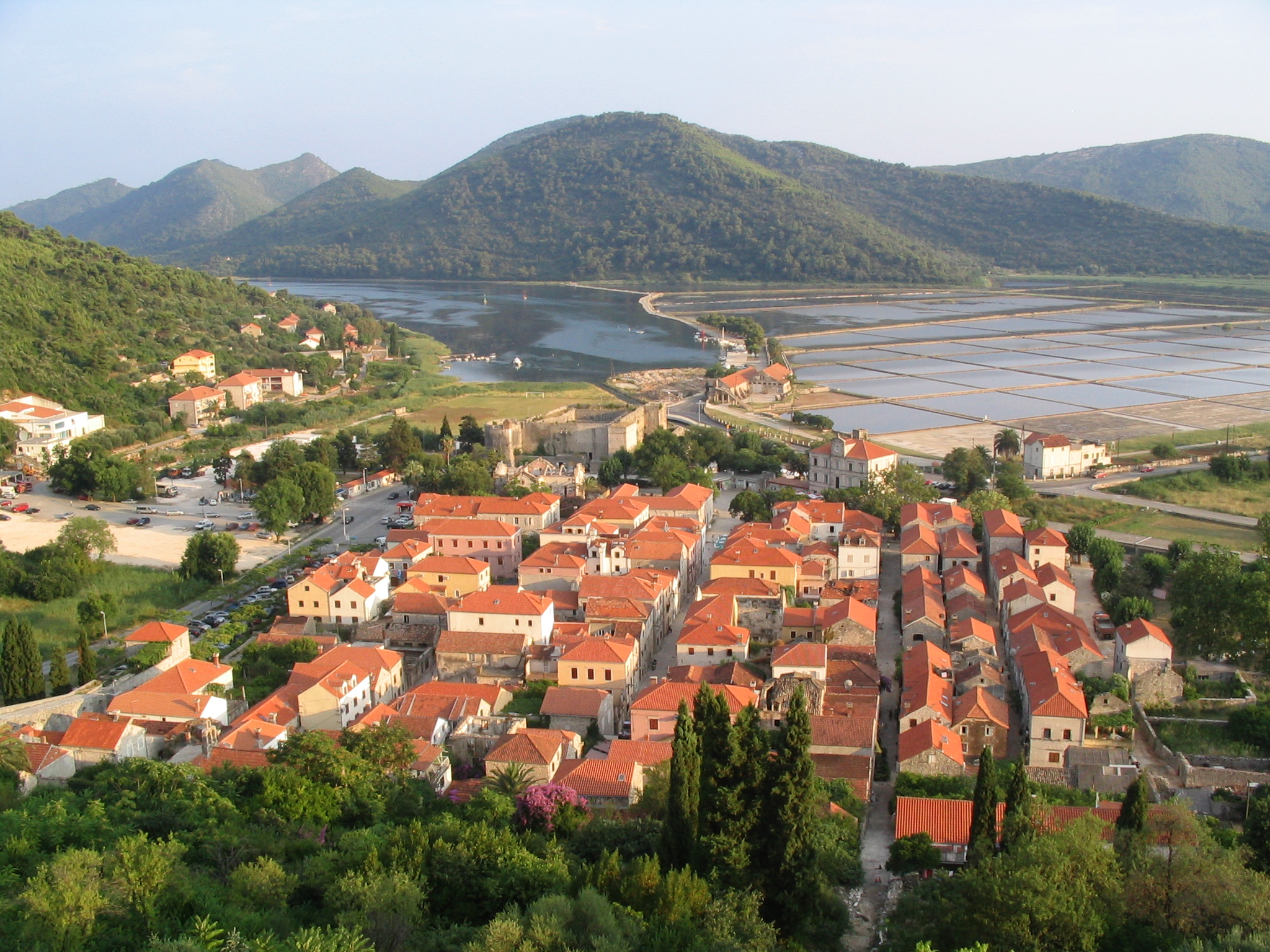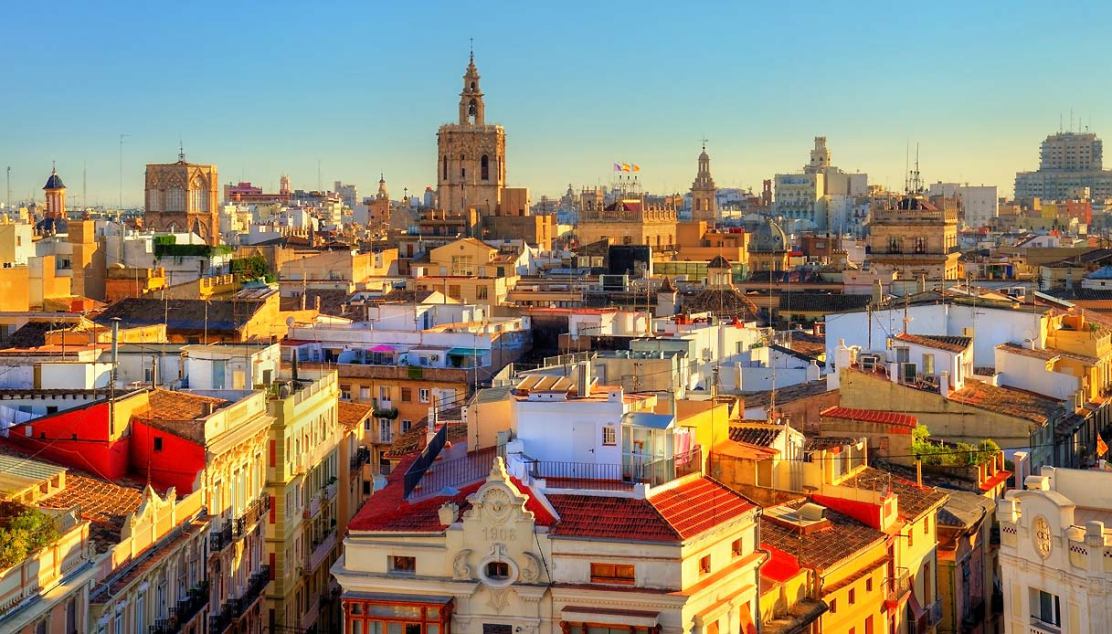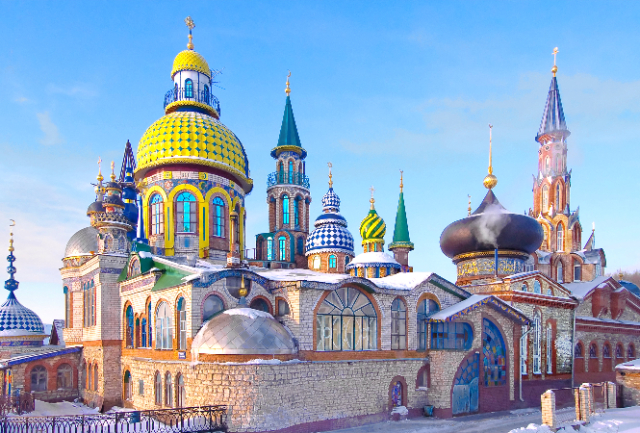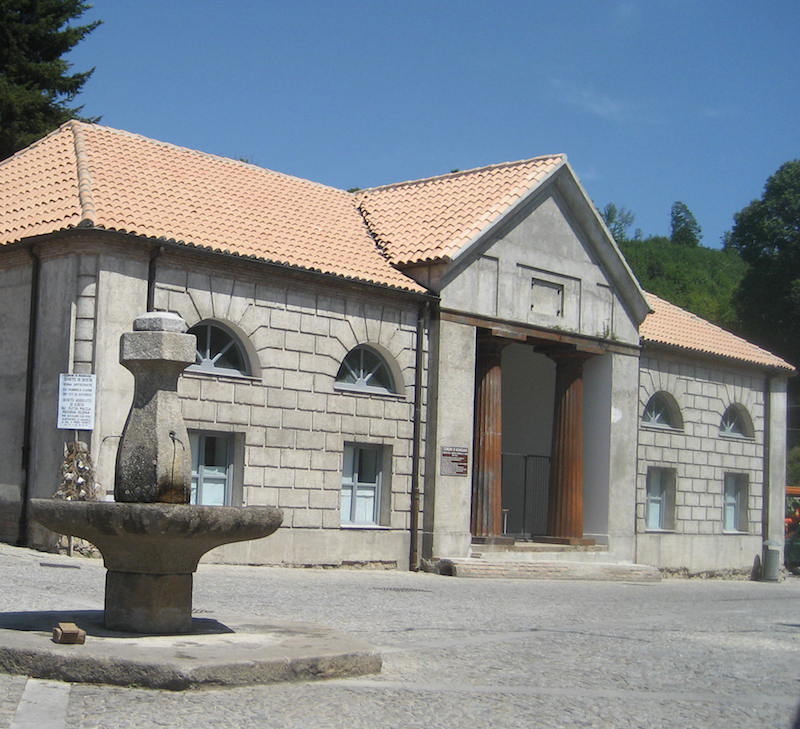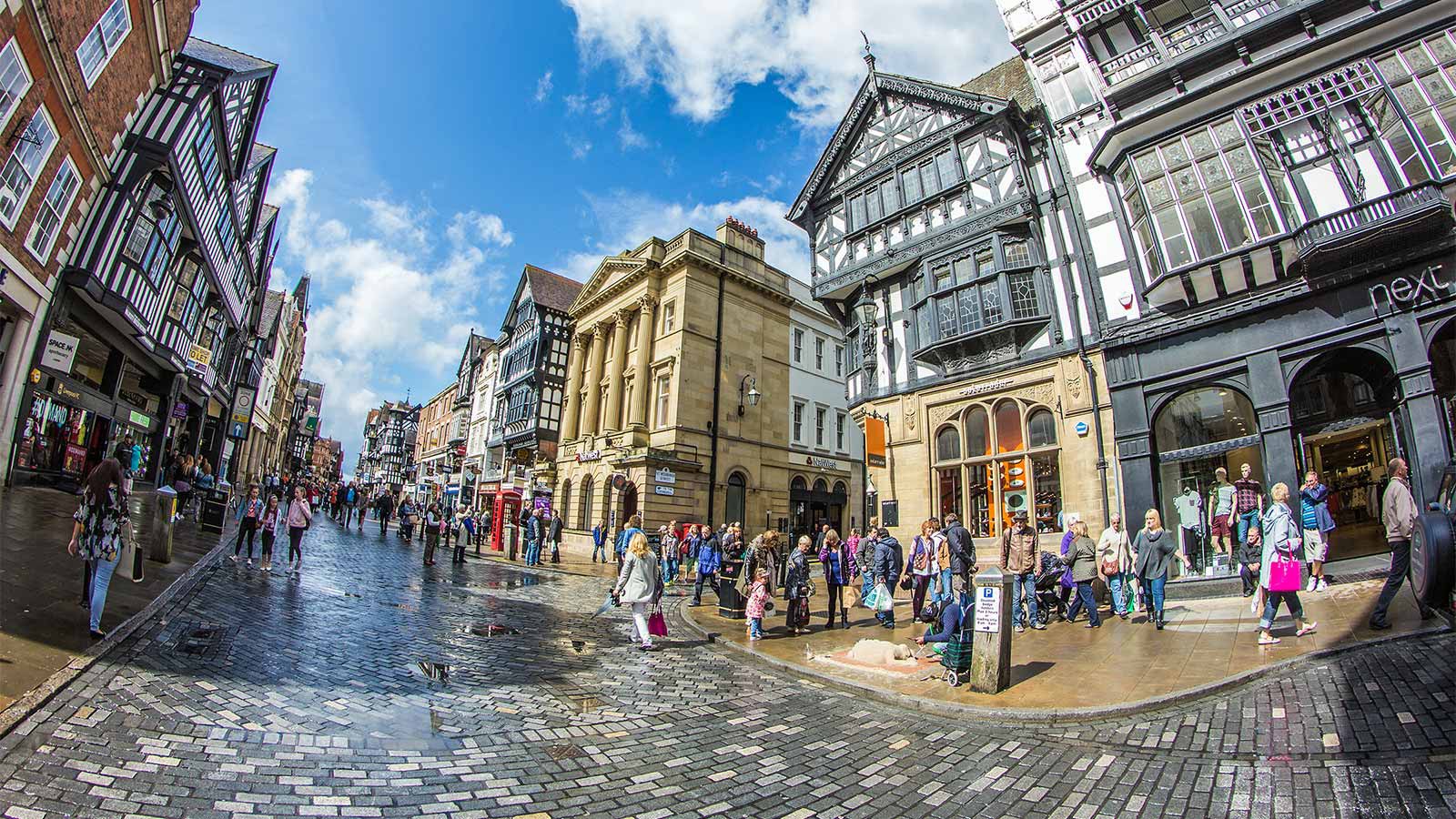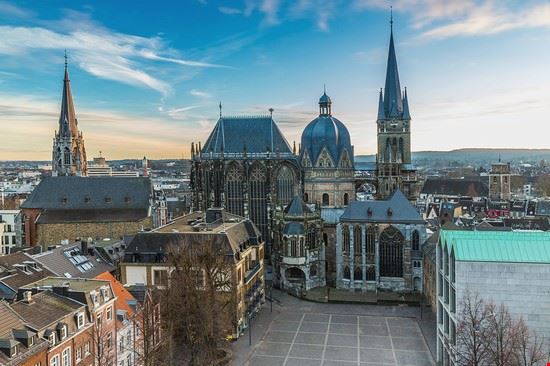Ston is the first village to be encountered on the Peljesac peninsula from the coast road to the mainland. It is an interesting town formed by medieval fortifications and ancient civil and ecclesiastical buildings. Its inhabitants take care of the old salt pans, shellfish farming and tourism.
The fortified walls of Ston, Croatia, are the longest in the world after the Chinese ones; after a slow and careful restoration today it is possible to walk all its 5.5 kilometers and walk on one of the biggest urban-military enterprises in Europe. The construction of the walls began in the 14th century to protect the production of the Ston salt pans, a port on the southern Croatian coast in the isthmus that connects the Pelješac peninsula with the mainland, about 60 kilometres north of Dubrovnik. The imposing defensive system, built by the Ragusini from 1333 to 1506, cut the peninsula in two and was reinforced by about forty towers and five fortresses; the most famous and monumental stronghold is Bartholomew above Ston with walls that climb steeply along a steep hill. The defensive function was preserved until the beginning of the nineteenth century, after the collapse of the Republic, the fortifications lost their military importance and a series of earthquakes destroyed them in many places. Restoration work on the Great Wall began in 2003 and ended in 2009, when it was finally reopened to visitors.
